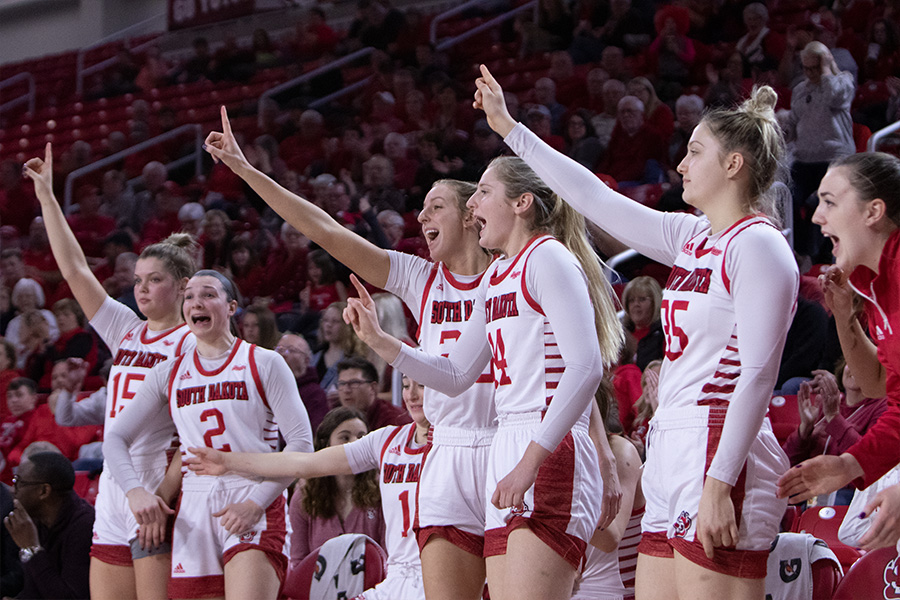Child, Family Services Agency Marks 50 Years In South Dakota
RAPID CITY, S.D. (AP) — It was the mid-1960s in Rapid City, and Helen Barney spotted a problem.
A Pennington County Special Extension agent, Barney realized that the community lacked opportunities for young girls.
So she and a group of visionary Rapid City women, members of the local chapter of the American Association of University Women, created the Girls Club.
Fifty years later, even the farsighted Barney and her dedicated colleagues would hardly recognize what their project has become.
The club that started in 1965 with 110 girls in a modest two-story house on West Boulevard has blossomed into Youth & Family Services, a multi-faceted independent agency serving about 13,000 children and families across western South Dakota each year. It employs more than 200 people, has an annual budget of more than $10.2 million and operates out of three different buildings.
The money comes from a combination of government and private grants and contributions from the community.
With the recent acquisitions of properties next door to its East Adams Street facilities, YFS has plans to add a greenhouse and more Head Start classrooms, plus provide additional space for the older children it serves.
In the early days, the fledgling Girls Club succeeded because several women’s groups embraced the idea, said Brianna Reiner, current communications coordinator for YFS. The Altrusa Club of Rapid City, Business and Professional Women’s Club and Zonta Club of the Black Hills helped assemble a 27-member steering committee, chaired by Beverly Linderman.
At first, the Girls Club offered sewing and cooking classes. The focus was on “basic skills” that, back then, society dictated women and girls needed, according to YFS Executive Director Susan Fedell.
Fedell herself, while not present in the first days of the club, became involved in the 1970s, working there during her college summers.
Gradually, the Girls Club grew with moves to larger buildings and growing community support. In 1971, it became a United Way agency.
As times changed, so did the club’s focus, encouraging girls to look beyond basic homemaking skills, Fedell said. Many girls were considering futures that included college and careers.
By the mid- to late 1970s, the club was promoting skills that would help girls gain financial independence. Math and science education and other life skills were added to the curriculum.
The club’s services also were expanding to meet the growing needs of their members, Fedell said. Counseling, child care and parent-education programs were added.
“We began to realize that there were gaps in services as we were working with girls,” Fedell told the Rapid City Journal ( ). Sometimes it was a member who needed extra support, or a sibling or parents who were going through tough times.
In 1991, the national Girls Club organization changed its name to Girls Incorporated. Rapid City followed suit by becoming Girls Inc.
By that time, the organization’s leaders recognized the need to help more than just girls, so they formed an umbrella organization to encompass the growing variety of services being provided, Fedell said.
Youth & Family Services was born.
“That way,” Fedell said, “serving families and serving boys fit in, too.”
Once the services expanded, it seemed they could not keep up with the growth of the needs.
Today YFS assists children and families in 24 western South Dakota counties. Its programs include: Girls Inc. of Rapid City, a Child Development Center, a Counseling Center, Nutrition Services, Rapid City Head Start, Rural Head Start and the Western Prevention Resource Center.
“We have a lot of programs that people don’t necessarily know about,” Reiner said. Many programs started with grants from outside sources, she said, but because of their success were continued after the grants expired.
“It takes a lot to keep us going every year. We really rely a lot on the community,” Reiner said.
Over the course of 2014, YFS oversaw the preparation of 900,000 meals and snacks for children across western South Dakota.
One in four children in western South Dakota is hungry, Fedell said. In some homes, the food is gone once food stamps run out, not necessarily because the parents are negligent, she stressed, but because of poverty.
Under the YFS umbrella, the organization can co-mingle services while saving the community money, Fedell said. The organization also partners with other community organizations to provide families with comprehensive services. Fedell is very proud of the fact that 87 to 88 cents of every dollar received goes directly to services for kids.
The growth that has occurred over the past five decades would not have been possible without the vision of those early leaders, succeeding boards of directors and the community, Fedell said. The organization’s success has not depended upon just one person, she said; rather, success depended on the willingness of board members to take risks when they saw a need in the community.
“That has really been a driving force,” she said. “We have such a wise, compassionate group of people who have good insight.”
That started, of course, with the perceptiveness of Helen Barney and her contemporaries, who first spotted a need.
___
Information from: Rapid City Journal,

